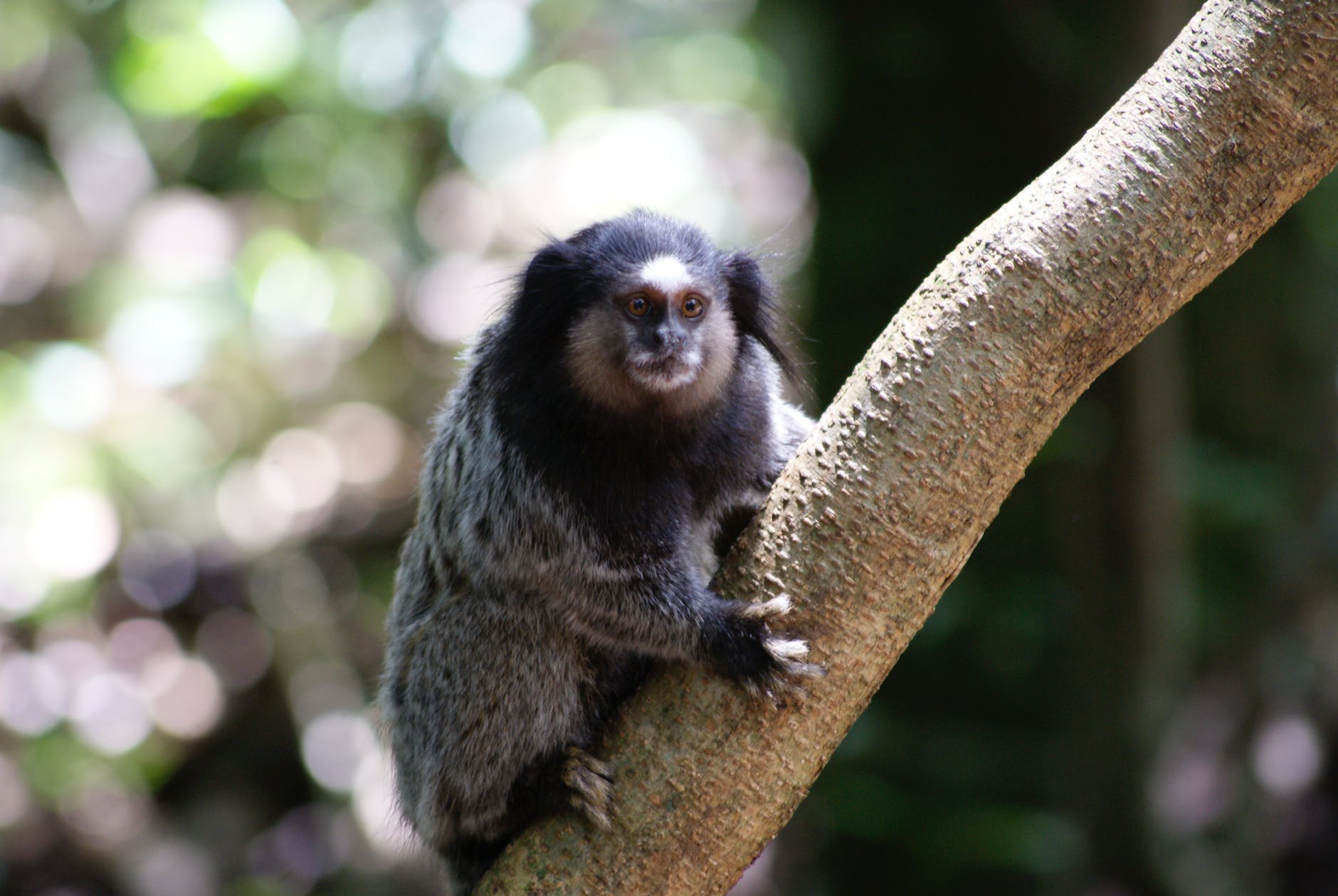I continue to watch Nanopore Community Meeting 2021 recordings and will spend some time later this week focusing on the London Calling 2023 Masterclasses. Tonight, I watched Joanna Malukiewicz from the German Primate Center present on “Genomic skimming on the MinION uncovers cryptic hybridization in the buffy-tufted marmoset, one of the world’s most threatened primates.” Malukiewicz is a postdoctoral fellow and provided an overview of the small marmoset Callithrix aurita. They eat tree gums and give birth to twins! This marmoset is endemic to Brazil. This species is very endangered: it is affected by ecological and anthropogenic threats. Marmoset trafficking and interbreeding is causing anthropogenic hybrids, generating koala like marmosets. The study aims were to generate data and a methodology to help population management and conservation. Malukiewicz and team obtained a sample from one C. aurita species. They began with genomic skimming on the MinION Mkl1B using MIN106 R9.4 flow cells with the ligation sequencing kit and bioinformatically scanned this low coverage sequencing to identify the mitogenome. The team was able to reconstruct the mitochondrial genome at 9x coverage and noted that it shared high homology with others in the phylogeny. Interestingly, the genome grouped outside its clade. Further investigation highlighted that not only in this individual, but also in two others the phenotype did not match the assigned C. aurita species. Malukiewicz concluded that the genomic skimming method on the MinION is feasible and a rapid way of obtaining mitochondrial genome information. However, the protocol does require high-quality DNA that may not always be feasible. The reads were assembled and polished and new bioinformatic tools and chemistries continue to improve. Malukiewicz also called for increasing sampling efforts to clarify the anthropogenic impacts on this species. Additionally, Malukiewicz emphasized the importance of combining phenotypic data with genetic sequencing.



